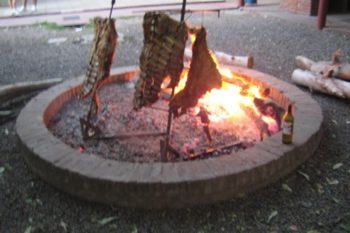The Jesuits arrived in what is now Argentina in November 1585, first to Santiago del Estero and then south to Córdoba and east to Paraguay. They came from the Alto Perú area (modern day Perú) to Christianize and educate the local native population. They founded the Province of Paraguay -which comprised what is now Paraguay, Brazil, Uruguay, Bolivia and Argentina-, an important social, economic and cultural network.
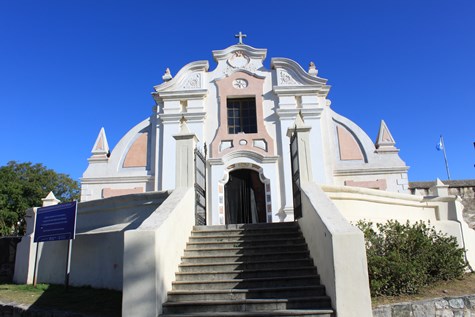
Córdoba was the centre of that network. The Jesuits built their first residence there in 1599. This is where they later founded the country’s first university, now known as Universidad Nacional de Córdoba, which celebrated its 400th anniversary in June, 2013.
The Jesuits set up several missions throughout the territory. Some were in the border with the Portuguese empire, in modern day Brazil. There, they gave the aboriginal people sanctuary from Portuguese slave traders as well as taught them new skills and converted them to Catholicism. There were six of those missions in Córdoba: Caroya, Jesús María, Santa Catalina, La Candelaria, San Ignacio de los Ejercicios and Alta Gracia. These missions were called estancias -Spanish for ranch or farm- as they were also agricultural and trade centres.
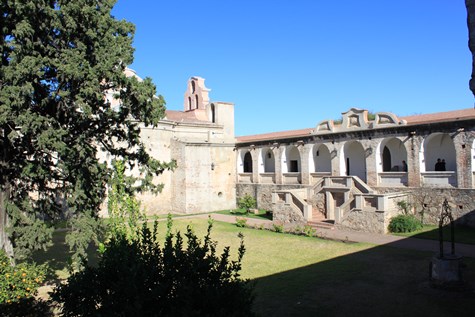
Now a museum, the Mission of Alta Gracia, Estancia Jesuitica de Alta Gracia, was quite prosperous. It was established in 1643 and consisted of a main residence, a church, a sawmill, a flour mill, a kiln, the labourers’ quarters and a man-made water reservoir called tajamar. The reservoir still exists and is located across the street from the museum.
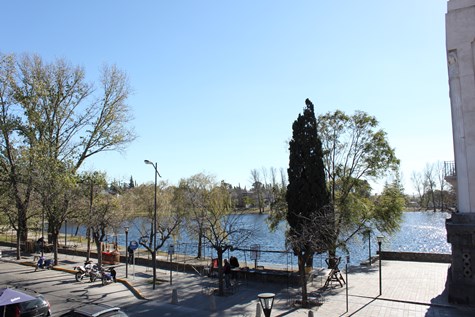
The Jesuits were expelled from Spain and her colonies in 1767, so they were forced to give up their missions. Other religious orders or the local councils took over. In 1810, Viceroy Santiago de Liniers bought the estancia and introduced some changes, like a new kitchen. He and his family lived here for a few months. One of the exhibition rooms, the drawing room, is dedicated to them. It shows furniture that belonged to his great granddaughter and a letter written by him, among other objects.
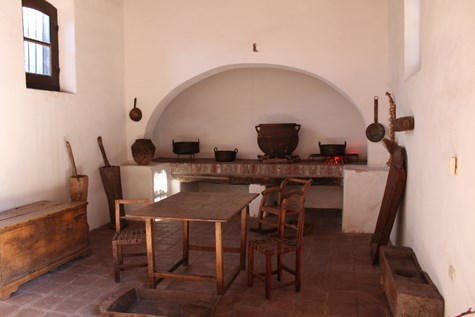
One of the subsequent owners bequeathed some land for a town. This was the origin of the town of Alta Gracia, which grew around the former mission.
In 2000, the mission of Alta Gracia, along with the other missions in Córdoba, was made a World Heritage site by UNESCO because it bears witness to the fusion of the European and American cultures and illustrates the religious, social and economic activities carried out by the Company of Jesus in South America for 150 years.
Read more
Pato, Argentina’s national sport
Librería de Ávila, Buenos Aires’ oldest bookshop



